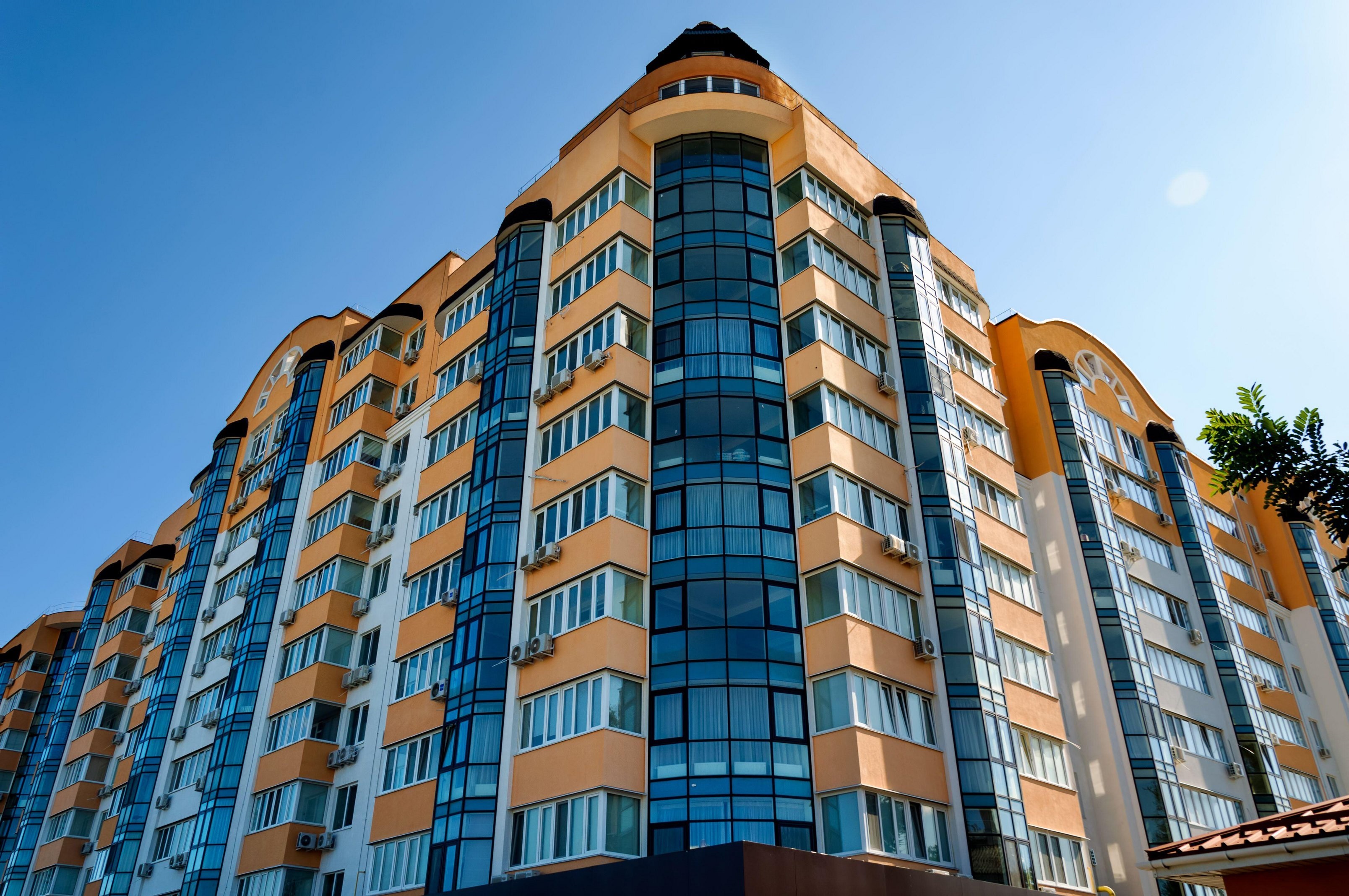Steering the Complex Landscape of Regulatory Guidelines for Network Protection in Multi-Dwelling Residences to Ensure Occupant Safety and Information Protection
Wiki Article
Within the current world, numerous individuals live in multi-dwelling units, including apartment buildings and condo communities. These places often share common networks for online and other services. Although this arrangement can be convenient, it also brings up significant concerns about system security and regulatory standards. Guaranteeing the safety of residents and safeguarding their information is essential. This piece will examine the intricate environment of regulatory standards for system safety in multi-dwelling buildings, focusing on how these standards help keep residents secure and secure.
A of the primary regulatory guidelines that pertain to network safety is the General Information Protection Act (GDPR). This law is intended to safeguard personal data and confidentiality for individuals within the European Community. Although it mainly applies to companies functioning in the EU, its tenets can influence practices in different regions as well. For multi-dwelling buildings, complying to GDPR requires implementing robust information safeguarding measures. This includes making sure that residents' personal data is collected, kept, and handled securely. By adhering to these standards, property managers can assist build trust with tenants and guarantee their data is protected from unauthorized intrusion.

Another significant standard is the Health Insurance Portability and Accountability Act (HIPAA), which protects confidential patient information in the medical industry. In multi-dwelling units, particularly those that provide healthcare assistance or have tenants with specific health requirements, adherence with HIPAA is essential. This means that any medical information collected from tenants must be kept confidential and protected. Building managers must make sure that their system systems are designed to avoid information breaches and illicit access. By taking these steps, they not only comply with regulatory requirements but also foster a secure living environment for all tenants.
Alongside GDPR and HIPAA, the Payment Payment Industry Information Security Guidelines (PCI DSS) is another critical regulatory guideline. This standard is particularly important for multi-unit buildings that accept credit card payments for lease or services. PCI DSS specifies protection measures that must be in place to safeguard customer information. This includes encrypting sensitive data and frequently reviewing network safety. By adhering to PCI DSS standards, property managers can minimize the threat of information leaks and protect residents' monetary information, which is crucial for upholding their confidence and security.
Finally, it is essential for multi-dwelling units to remain informed on regional and federal regulations regarding system security. Regulations and guidelines can evolve, and remaining aware is essential for compliance. Property managers should regularly review their security policies and practices to ensure they meet current standards. This preventive strategy not only secure internet access for mdu assists in upholding adherence but also enhances the overall security of the network. By focusing on resident security and data protection, multi-dwelling units can create a safe residential space that encourages confidence and reassurance among residents.
In conclusion, navigating the intricate landscape of compliance standards for network security in multi-dwelling units is essential for ensuring resident safety and data safeguarding. By comprehending and applying standards like GDPR, HIPAA, and PCI DSS, property managers can create a secure environment for their residents. Staying informed about local regulations and regularly reviewing security protocols further enhances this commitment to safety. Ultimately, a strong focus on compliance not only protects tenants but also builds a sense of community and trust among multi-unit buildings.